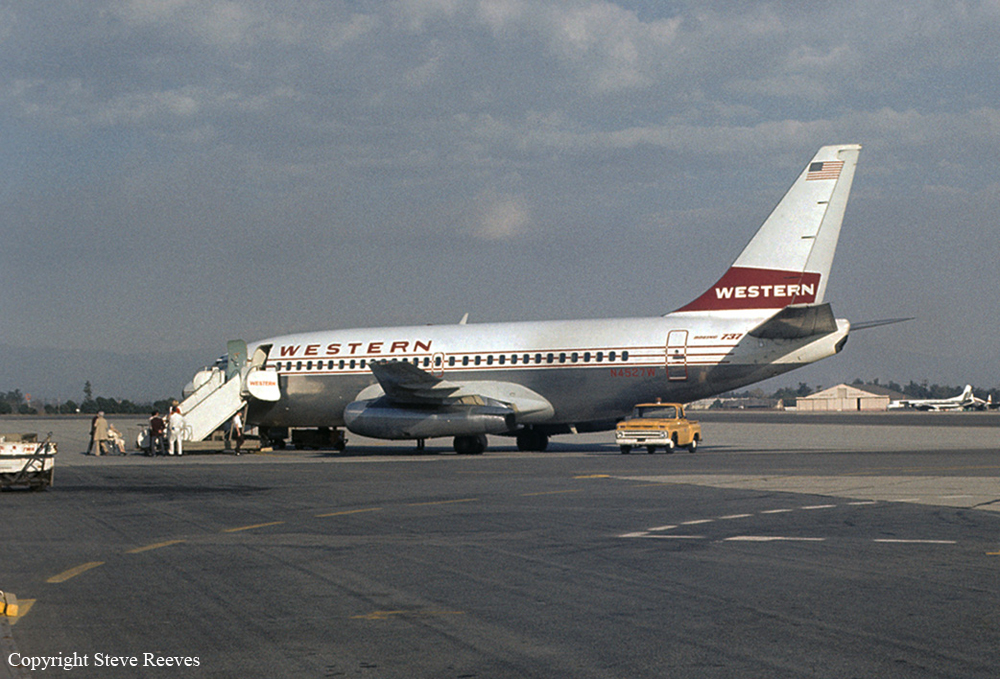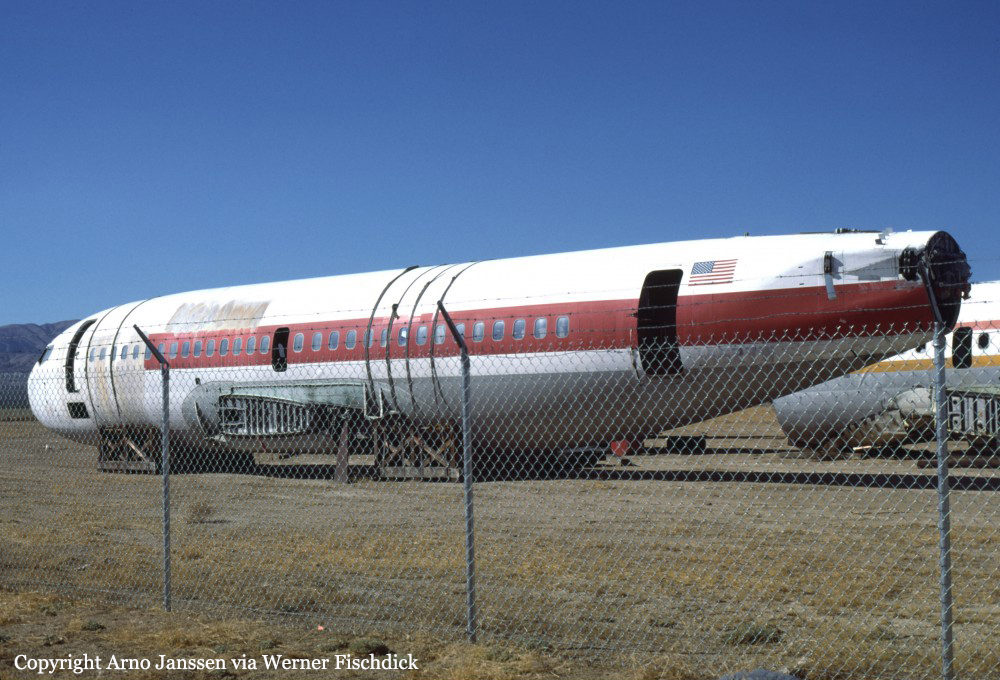Crash of a Fairchild C-119G Flying Boxcar in Greybull: 3 killed
Date & Time:
Jun 10, 1978 at 1700 LT
Registration:
N3560
Survivors:
Yes
Schedule:
Greybull - Greybull
MSN:
10957
YOM:
1952
Flight number:
Tanker 140
Crew on board:
3
Crew fatalities:
Pax on board:
1
Pax fatalities:
Other fatalities:
Total fatalities:
3
Captain / Total hours on type:
400.00
Circumstances:
The aircraft was engaged in a local test flight at Greybull Airport and was carrying one passenger and three crew members. After takeoff, while climbing, the crew encountered technical problems with the right engine. The captain elected to return and initiated a turn when the aircraft lost height and crashed. All three crew members were killed while the passenger was seriously injured.
Probable cause:
The exact cause of the accident could not be determined.
Final Report:







